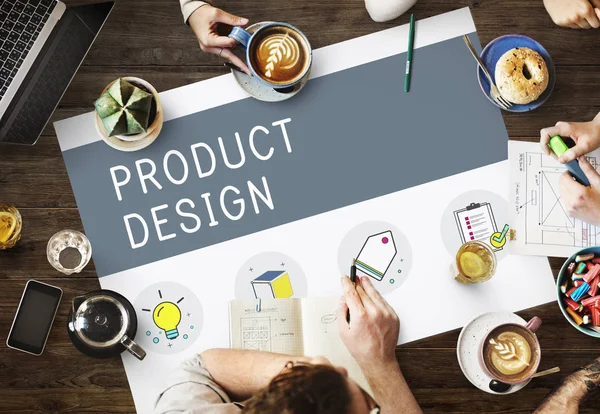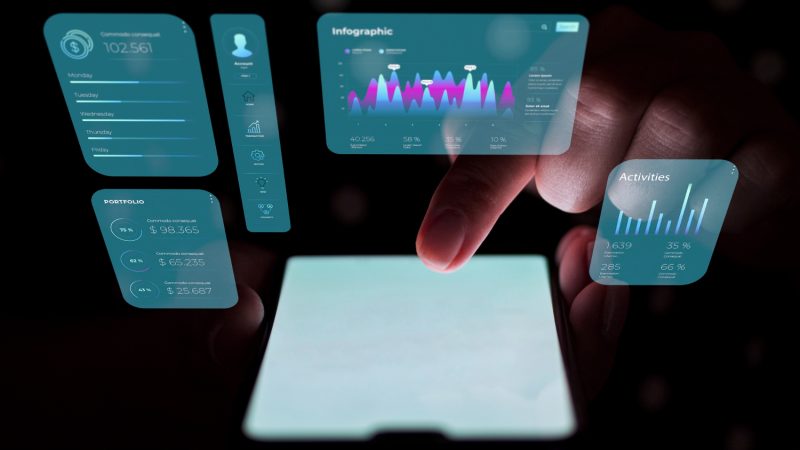Overcoming Common Challenges of Product Development Lifecycle with Rapid Product Design

Product development has become essential to their operations as businesses seek to remain competitive and meet customer needs. However, the product development lifecycle is not without its challenges. Companies must navigate changing market trends, regulatory compliance, intense competition, technical difficulties, and limited resources, among other hurdles. This article explores six common challenges in product development and how rapid product design can help businesses overcome them.
Product development is creating a new product or service from idea generation to launch. It is a critical process for businesses as it can determine a product’s overall success or failure in the market. The product development lifecycle includes idea generation, concept development, product design, testing, and launch. However, this process has its own challenges. Following are some of the major challenges in product development.:
Lack of Market Research
A lack of market research is one of the most common challenges in product development. Businesses may need adequate market research to understand customer needs and preferences clearly. This can lead to developing a product not resonating with the target audience, resulting in poor sales and market performance.
Rapid product design can mitigate this challenge by facilitating a more customer-focused approach to product development. Rapid product design allows businesses to quickly gather feedback from potential customers and use this information to inform the development process. This approach ensures that the product is more likely to meet the needs and preferences of the target audience.
Resource Constraints
Another challenge in product development is resource constraints. Developing a new product requires significant time, money, and workforce. Businesses often need help to effectively allocate the necessary resources to the product development lifecycle, resulting in delays and suboptimal results.
Rapid product design can help businesses overcome resource constraints by providing a more streamlined and efficient development process. It also allows companies to develop and test product prototypes quickly and at a lower cost. This approach enables businesses to iterate and refine their product development plans more quickly, resulting in a more efficient and effective product development lifecycle process.
Competitive Landscape
In today’s fast-paced business environment, the competitive landscape constantly changes, making it challenging for businesses to stay ahead of the curve. With new products and services being introduced in the market every day, companies must keep their competitors in check and continuously innovate to stay relevant.
One way to navigate the competitive landscape is by conducting a thorough market analysis to understand the current market trends, customer preferences, and competitive landscape. This analysis can help businesses identify gaps in the market and opportunities to differentiate their product offering from their competitors.
Additionally, businesses can leverage competitive intelligence to gather information about their competitors’ product development strategies, product features, pricing, and marketing tactics. This information can help businesses refine their own product development strategies and make informed decisions about their product offerings.
Technical Challenges
Developing a new product can involve complex technical challenges like design, manufacturing, and testing. These challenges can lead to delays and increased costs. Rapid product design can help businesses overcome technical challenges by providing a more agile and flexible development process. Rapid product design allows companies to test and refine product prototypes quickly and efficiently, enabling them to identify and address technical challenges more effectively.
Changing Market Trends
Market trends and customer preferences can change rapidly, making it difficult for businesses to keep up and adapt their product development lifecycle plans accordingly. Failure to adapt to changing market trends can result in a product that is no longer relevant or desirable, missed opportunities, loss of market share, and decreased revenue.
To overcome this challenge, businesses must continuously monitor and analyze market trends, including emerging technologies, customer preferences, and competitor offerings. By staying abreast of the latest trends, companies can identify new opportunities and develop innovative products that meet evolving customer needs.
Rapid product design can help businesses stay ahead of changing market trends by enabling them to quickly and efficiently iterate on product designs and incorporate customer feedback. This approach allows businesses to develop products that meet current market needs and stay ahead of the competition. Additionally, by leveraging rapid prototyping and testing, businesses can quickly pivot their product development strategy if market trends shift, ensuring they remain competitive and relevant.
Regulatory Compliance
Regulatory compliance is a critical challenge in product development, particularly in the healthcare, finance, and technology industries. Not complying with regulations can result in severe legal and financial consequences, including fines, lawsuits, and damage to brand reputation.
To ensure regulatory compliance, businesses must know their product’s relevant regulations and standards. They must also incorporate compliance requirements into the product development lifecycle from the outset, ensuring compliance is built into the product design and development.
Rapid product design can be advantageous in facilitating regulatory compliance. Rapid product design enables businesses to test and refine product prototypes quickly, allowing them to identify and address compliance issues early on in the product development process. By integrating compliance considerations into the product development lifecycle and embracing rapid product design, businesses can successfully navigate regulatory requirements and launch compliant products that meet customer needs and regulatory standards.
Poor Execution
Even with a solid plan and strategy, poor execution can derail the product development process and lead to a failed product launch. Poor execution can occur for various reasons, including misaligned team members, inadequate resources, and insufficient testing.
Rapid product design can help businesses avoid poor execution by providing a more iterative and collaborative development process. Rapid product design enables enterprises to involve team members from various departments and stakeholders in the development process, ensuring alignment and buy-in from all parties involved. Additionally, rapid product design allows businesses to test and refine product prototypes quickly and efficiently, reducing the risk of poor execution and product failure.
Conclusion
Product development can be challenging and requires careful planning, execution, and management. However, businesses can overcome these challenges by adopting a rapid product design approach. Rapid product design enables enterprises to develop and test product prototypes quickly and efficiently, resulting in a more customer-focused, innovative, and differentiated product offering. By embracing rapid product design, businesses can successfully navigate the product development lifecycle and launch products that meet customer needs, achieve market success, and drive business growth.






